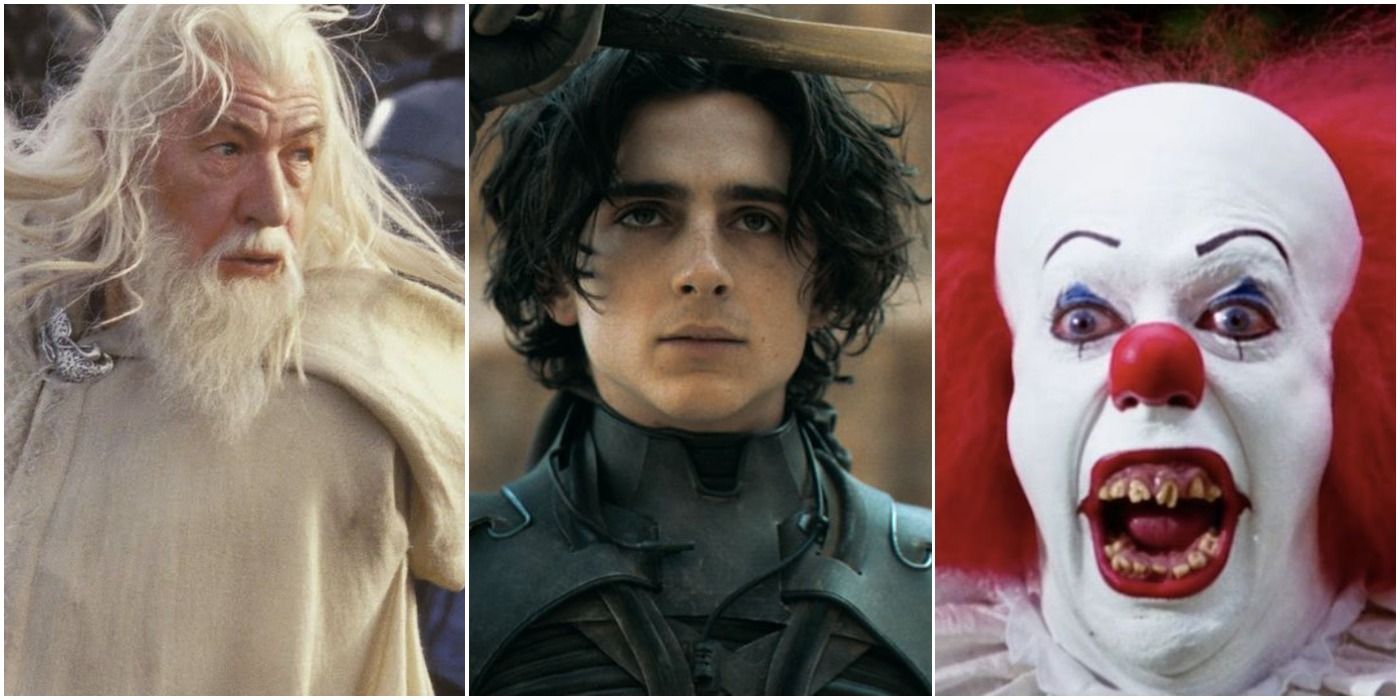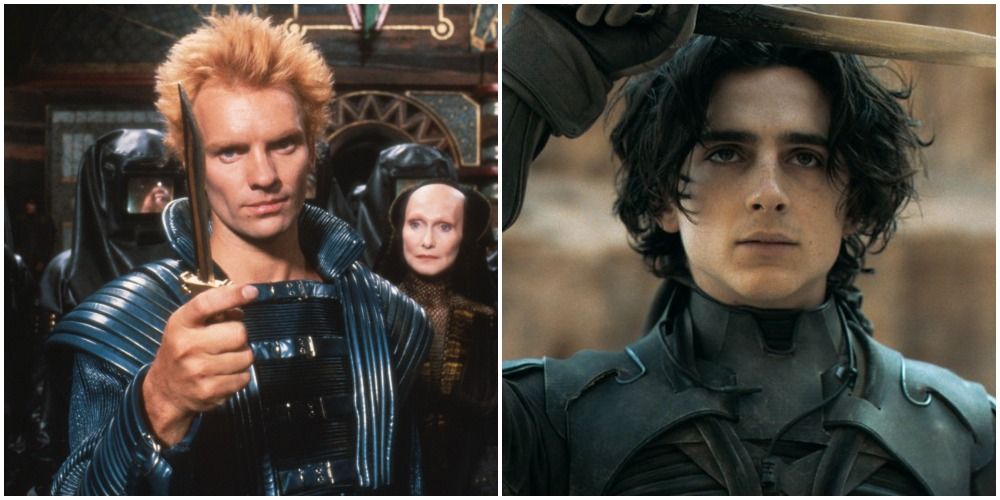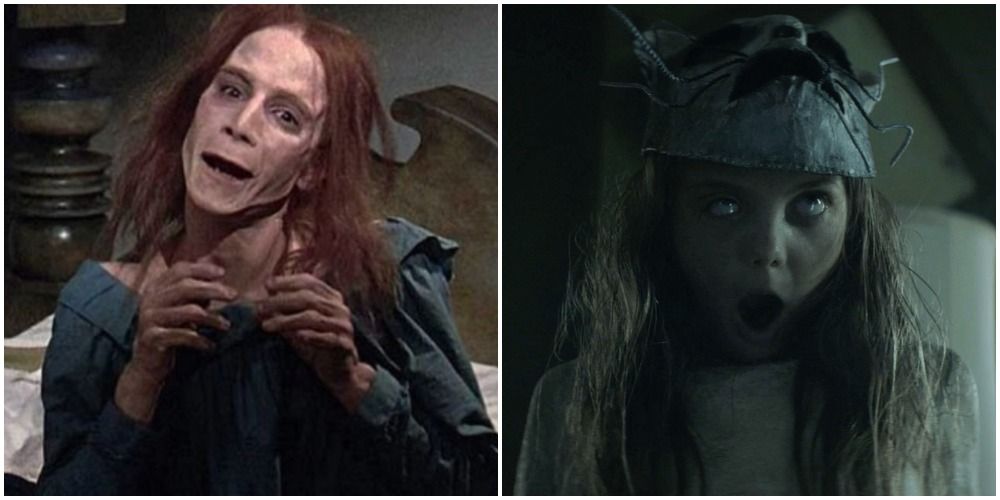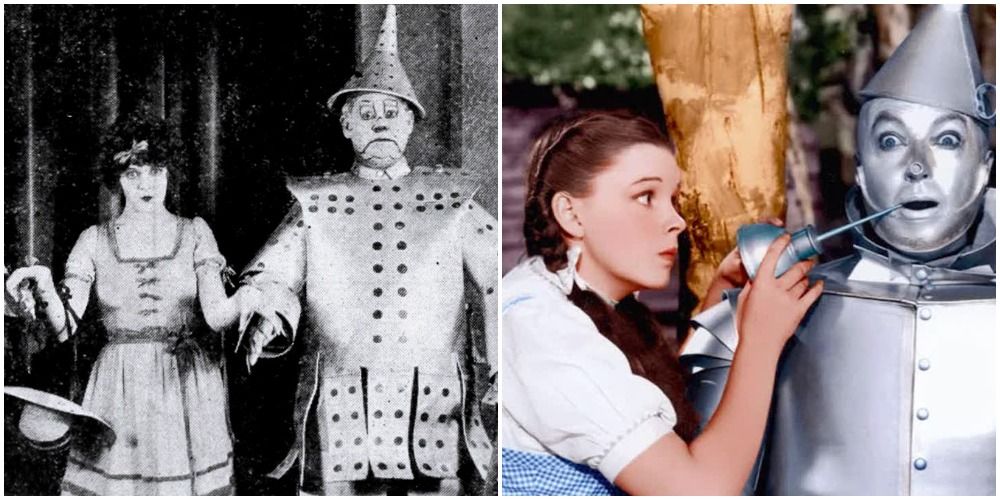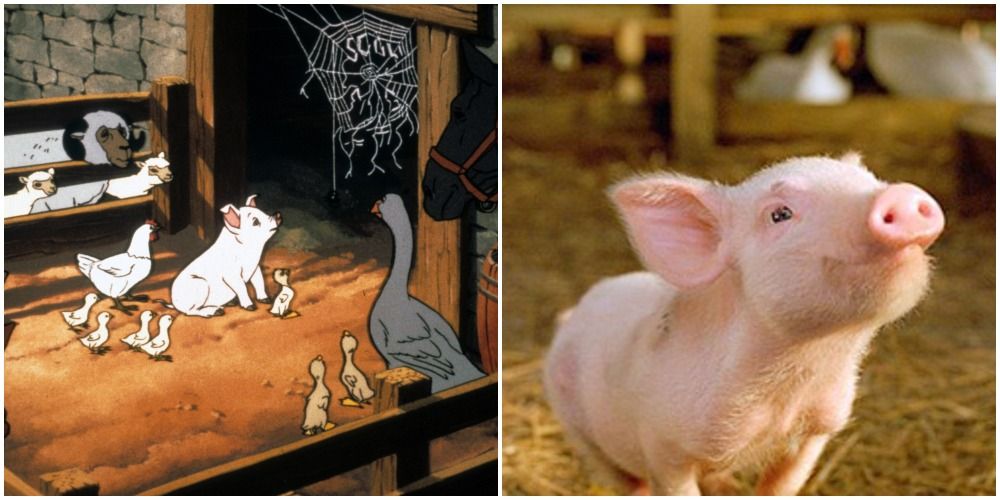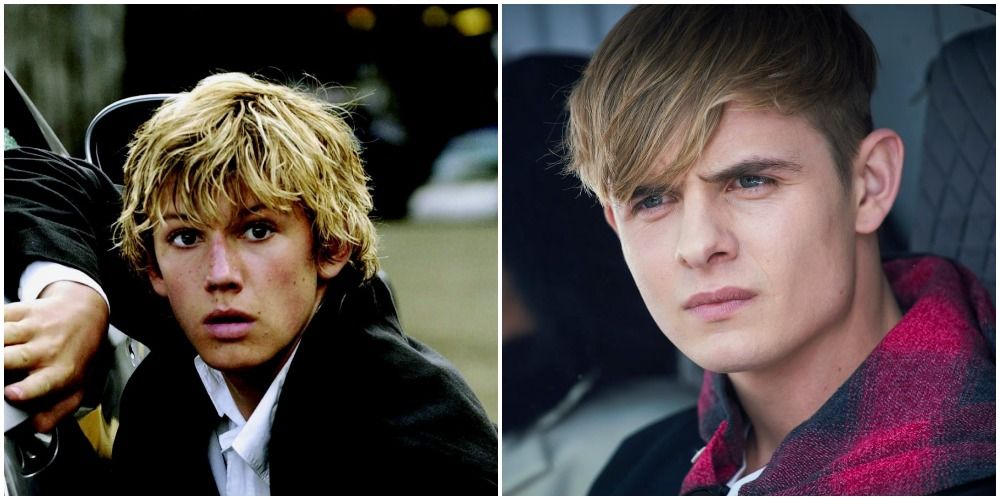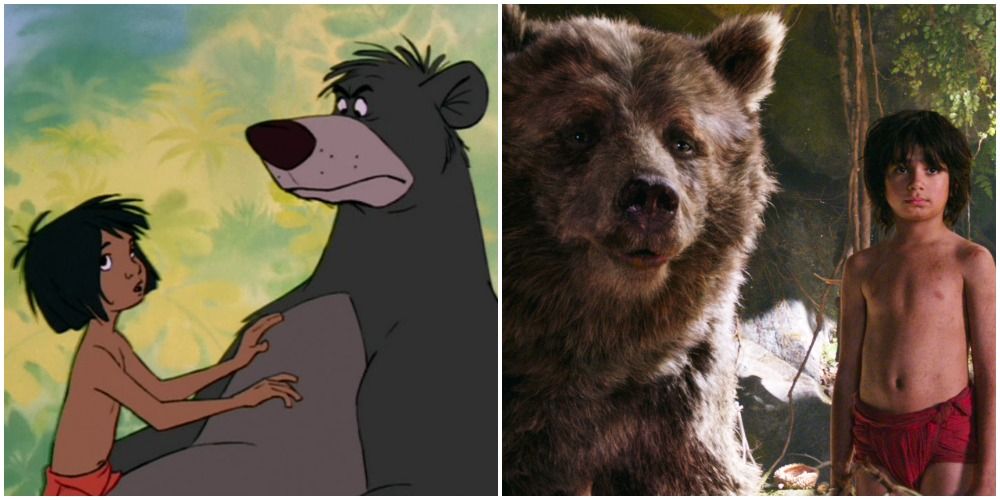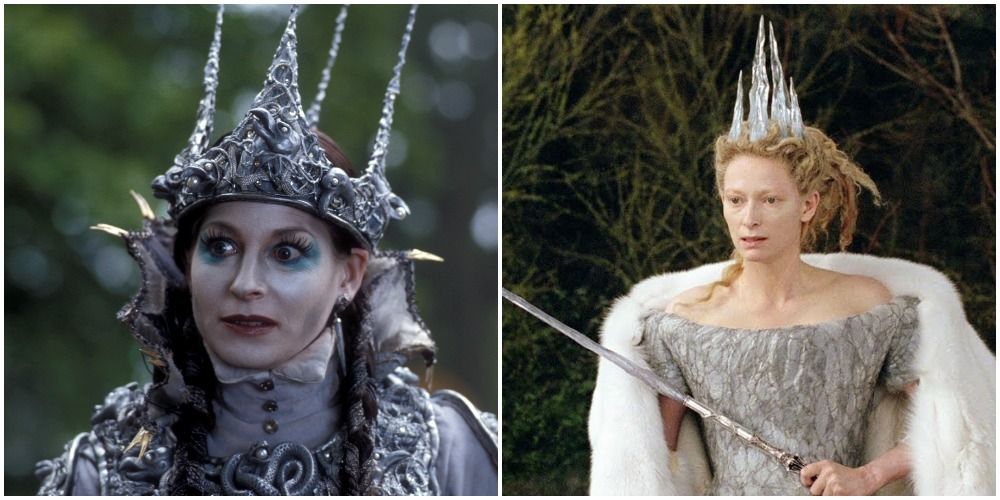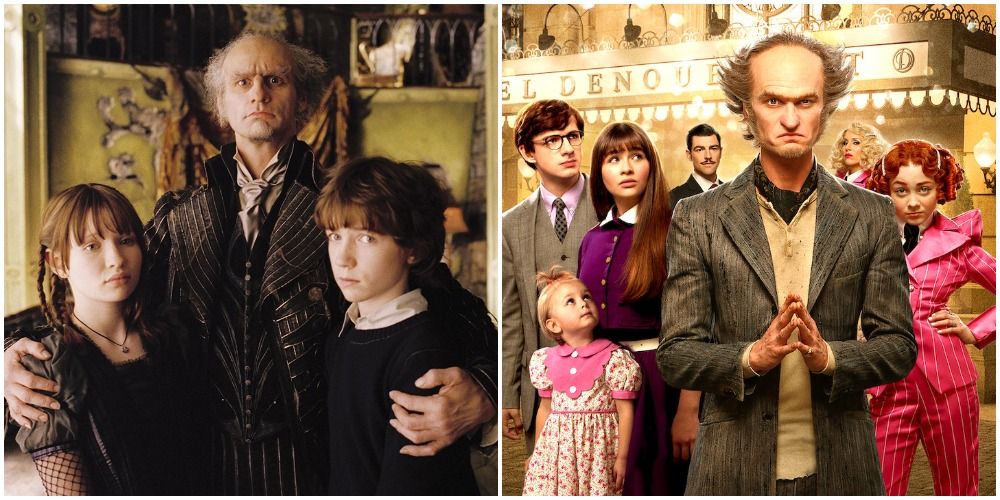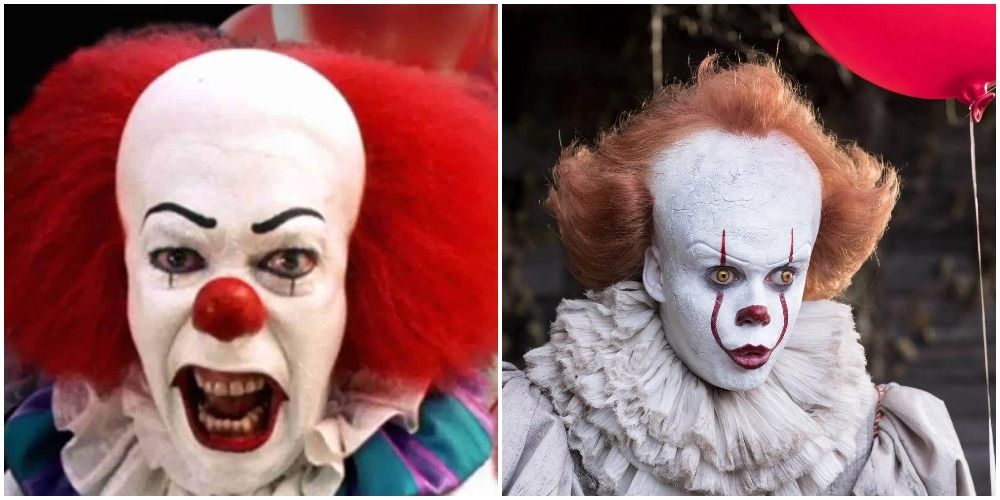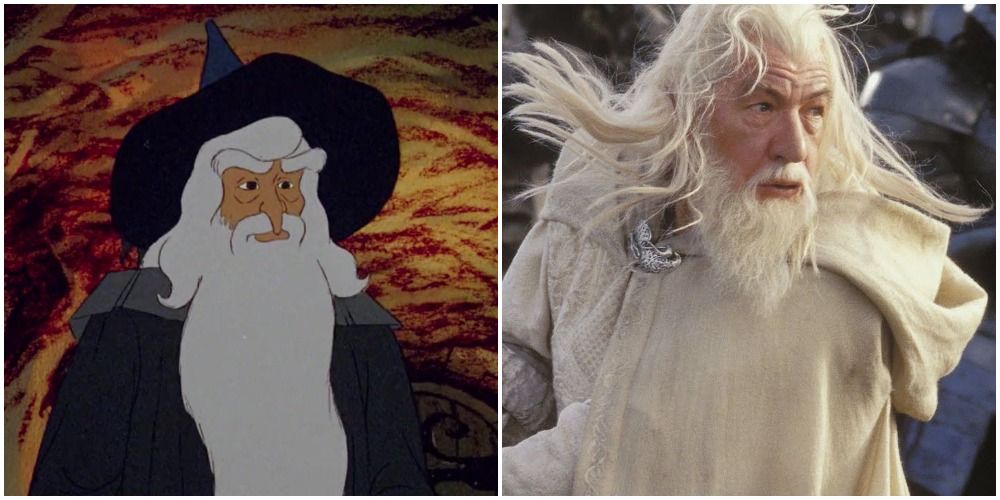Adapting books into film - and other media - is a difficult thing to do successfully. All the rigors of filmmaking still apply, but the film produced also has to appease and satisfy the fans of the book, many of whom are often very devoted to their specific imagining of the story.
There is no way to adapt every part of all but the shortest books, but a single misstep with the plot, characters, or setting can cause fans to leave disappointed. As a result, the history of cinema is littered with unsuccessful, underwhelming, or simply bad adaptations of popular novels. Some of these, however, are taken up by another crew, years later, who make much better use of the source material.
10 Dune's Initial Adaptation Is Incomprehensible
For a long time, Frank Herbert's Dune was considered impossible to adapt in a satisfactory manner. While telling a fairly understandable story, the book is the entry point into a vast constructed universe, with centuries of history and dozens of major players in events, without which the story is hard to follow.
As a result, the 1984 adaptation of Dune is considered to be impossible to follow while simultaneously criticized for lack of faithfulness to the novel, clearly failing to reach an adequate midpoint. It is, to some, a cult classic, but Denis Villeneuve's 2021 attempt at the same story has received critical acclaim and is considered the superior adaptation.
9 Pet Sematary's Adaptations Are Divisive
Stephen King's works have a storied history with their adaptations. Some, such as The Shawshank Redemption or The Shining, are considered cinema classics and adored by audiences. Others, such as Maximum Overdrive or The Dark Tower, are considered all-time-lows.
Neither adaptation of Pet Sematary is considered to be top-tier cinema, but the first attempt in 1989 is criticized for a lack of compelling characters, few scares, and a focus on gore. The second adaptation in 2019 is controversial but ultimately considered better due to its scary tone and a more compelling story.
8 The Wizard Of Oz Has A Lesser-Known Early Adaptation
The best sign of the different quality between the original and second adaptations of The Wizard of Oz is the difference in their public profile. In 1925, a silent, black-and-white film of the book was released, however, it would fail financially and achieve little success, due to a disconnected story and somewhat flat humor.
The 1939 The Wizard of Oz is one of the best-known films of all time, iconic for its early use of technicolor to show the difference between Kansas and Oz, for its characters, its songs, and its performances. There is no question as to which adaptation audiences prefer.
7 Charlotte's Web's Creator Hated Its Original Film
Before its 2006 adaptation, Charlotte's Web had an animated film release in 1973, telling the story of the strange friendship between a spider and a pig. The animated film was popular with audiences and critics, but it was lambasted by E. B. White, the creator of the original story, who complained about its lack of faithfulness to the story, and for the addition of musical sequences.
The 2006 live-action film also proved popular with audiences and critics, with comparisons being fairly split on whether either version is better. While E. B. White was not alive to give his opinions on the second adaptation, it is more faithful to the original, and may not have generated as much of his contempt.
6 Alex Rider's Second Outing Is More Believable
The Alex Rider series of books is a British action-thriller series featuring the titular schoolboy, who is forced to work for MI6 on sensitive missions that require a teenager, and not an adult agent. The books are popular, but the first attempt at an adaptation, 2006's Stormbreaker film, was unsuccessful and critically panned due to its plot, acting, and the inability to suspend disbelief.
The books always take care to maintain the suspension of disbelief, by, despite being stylized, showing Alex struggling realistically with the natural problems of being even a talented teenager engaged with adults. The second attempt to adapt the series, an Amazon Prime series released in 2020, received far better acclaim for a smoother story, superior acting, and keeping the story and stunts believable.
5 The Jungle Book's Live-Action Remake Is A Stronger Story
It would do a disservice to the 1967 animated version of The Jungle Book to describe it as a bad film by any stretch of the imagination. It was for a long time one of Disney's most profitable works and is fondly remembered by many, particularly for its visuals and music.
However, the film is largely a vessel for its music. Its plot is thin and heavily padded, and Shere Khan fails to have any sense of menace, making it hard to get invested beyond enjoyment. The 2015 live-action remake is lauded for its beautiful CGI, voice cast, and for its much stronger plot, truly letting the audience sympathize with Mowgli, and despise Shere Khan.
4 The Lion, The Witch, And The Wardrobe Needed A Bigger Budget
The first-written and best-known of C. S. Lewis's Chronicles of Narnia series, The Lion, the Witch, and the Wardrobe is a story beloved by many. The first attempt to adapt it was with a TV serial in 1988, later released in video format resembling a film. Being produced by the BBC in the 1980s, the series has very little budget and has to work with dated CGI, a problem for a story where magic plays a heavy role.
Despite having some fans, the series is widely considered to be inferior to the film released in 2005. While not perfect, the film's larger budget allows for it to tell a full and compelling story in the world of Narnia, without laughable effects pulling viewers out of the action.
3 A Series Of Unfortunate Events Works Better On Television
The 2004 film Lemony Snicket's Series of Unfortunate Events has defenders, who argue that on its own merits, it is an enjoyable Young Adult mystery film with good performances, an engaging plot, and several laughs. However, fans of the book series often dislike it as an adaptation, citing its failure to capture the unique mythology and tone of Daniel Handler's work.
One of several books to have been adapted to TV rather than film in recent years, Netflix's A Series of Unfortunate Events has three seasons to adapt the story, rather than a single film, and as such is able to cover far more ground. Fans of the book vastly prefer the series to the film.
2 IT (2017) Improved On Almost Every Area
IT is one of Stephen King's most iconic looks, and 2017's IT: Chapter One is considered one of the recent success stories for film adaptations. Nonetheless, it is the second attempt at adapting the story, with the first attempt being a pair of television movies in 1990, one focusing on the cast as children, and one focusing on them as adults.
With a vastly increased budget and more capable special effects, and better acting, the 2017 film is considered to be not only a far better horror film, but a better coming-of-age story. The only area people argue the 1990 version has the upper hand is in the depiction of Pennywise the Clown, as one of Tim Curry's standout roles. It is also noted for being one of the notable performances of Jonathan Brandis's unfortunately short career.
1 The Lord Of The Rings Works Better In Live-Action
Both The Lord of the Rings and The Hobbit received animated adaptations decades before their live-action versions were created, likely due to the impracticality of a live-action film with special effects at the time. The animated version of Lord of the Rings was ultimately received poorly by both casual viewers and Tolkien fans for its short length and incomplete nature, as well as failing to make the monsters look impressive.
Peter Jackson's The Lord of the Rings trilogy remains one of the most popular film series of all time and a triumph of blockbuster filmmaking. With some of the most impressive effects of its day, as well as extensive, beautiful, on-set filmmaking and authentic efforts to recreate the world, they remain audience favorites.

